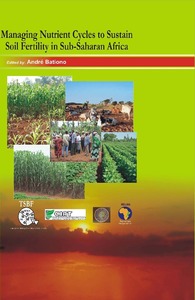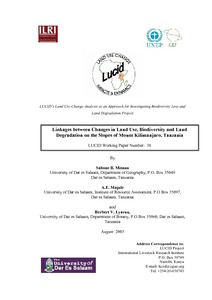Factors maintaining plant diversity in degraded areas of northern Kuwait
Arid and semi-arid regions are jeopardized by land degradation with serious consequences for the natural vegetation, plant biodiversity and sustainable use of the natural environment. This paper describes the major causes of land degradation in northern Kuwait and outlines factors that serve to maintain plant biodiversity in those affected areas that would normally be dominated by the perennial dwarf shrub Haloxylon salicornicum. A conceptual model is presented describing the four major stages of degradation in this community.






